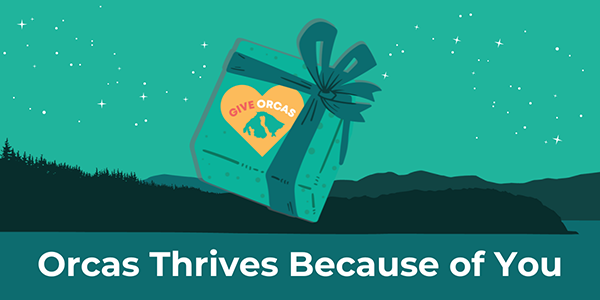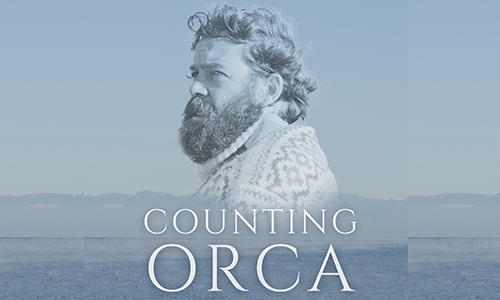[metaslider id=37692]
-– by Cara Russell–
A sizeable number of the community filled Senior Center for the OPAL Community Land Trust on Tuesday, June 23 to respond to housing survey data and give input to basic information about plans for a 30-unit mixed housing opportunity. It was an evening of honest words and valid questions about the potential for affordable rental housing in Eastsound Village.
OPAL Executive Director Lisa Byers Byers opened the meeting by saying that while OPAL has been providing Orcas Islanders access to affordable home ownership on Orcas for the last 25 years, more recently it has assessed the current needs of island residents, and that need is for affordable rentals.
The meeting petitioned locals for input to decide the needs of the community before they begin the design process. This was the first of a series of focus group discussions involving the community. Sitting at tables in groups of five to eight, everyone interested signed in and signed up for future emails, then filled out a questionnaire to help OPAL get a better idea of assessing the local Island housing rental needs. Questions ranged from the perceived target market, to design amenities, to personal needs and preferences.
Byers introduced the Design Team for the project:
- Jason Robertson, “the data guy” of J. Robertson & Company – market analysis
- Bill Singer, Project Architect, Environmental Works
- Philippa Nye, Ally Community Partners – consultant on financing
- Juanita McLaughlin, Ally Community Partners – consultant on financing
Not in the room last night, but also on the design team is John Barker, Barker Landscape Architects.
Also at the meeting, Byers introduced OPAL Staff Trustees:
- Jeanne Beck, Project & Stewardship Manager
- Virginia Erhardt, Trustee
- Tim Fuller, Trustee
- Margaret Mills, Trustee
- Suzanne Olson, Trustee
Jason Robertson presented a slide show of facts and trends of housing rentals, purchases, and employment in Washington state, San Juan County, and in some cases, Orcas Island from 2009-2013. Those attending the meeting had plenty of questions for Robertson, and some wondered if the data accurately represented the housing situation on Orcas Island from 2013 to now.
Next, Byers described the property for the future OPAL rental development -– 3.7 acres across the street from Children’s House and north of the orchard, where they intend to build 30 to 40 units of affordable rental housing. OPAL has signed a purchase and sale agreement with owners Jim and Betsy Nelson of Olga, and expects to begin development in the next year and a half. The Nelsons will retain ownership of the adjoining orchard which will not be used for the development.
Byers then asked the room to brake into discussion groups by table and come up with answers to three main questions posed by OPAL.
- Perceived Need
- How many units?
- What size is needed?
- What will the cost be?
- Look and Feel
- Scale?
- Amenities?
- Appearance?
- Opportunities and Risks
- What could go right?
- What could go wrong?
After nearly an hour, the entire group came back together and a representative from each table presented their results. While every table had reccurring topics, there were also some unique perspectives. Results for the questions follow below.
Perceived needs: 30 to 40 units in varying sizes from a boarding house residence, to senior living, to family units. Anywhere from 400 to 1200 square feet. Rentals ranging from $500 to $1,000 per month, available to a range of incomes from less than $25,000 a year for single families, up to $75,000 for multi-member families.
Look and feel: While some requested that OPAL maximize the amount of units at the expense of taking out as much natural vegetation as possible, others requested to keep as many of the Madrona trees as possible and play on the natural colors of the trees in developing the units. Others asked for privacy, pathways that don’t run in straight lines, and diversity in the shape and appearances of the residences, guest parking, through trails to the public school and Public Park, availability of financial advising, Pet-friendly, allowing pets like cats and dogs and even chickens.
Others advocated for communal areas such as laundries, workshops, gardens and outdoor areas. Some suggested placing units that would be used for housing elderly island residents closer to the school and children to encourage community; while others voiced concern that mixing these different demographics could create conflict.
There was the request of an onsite superintendent for maintenance and repairs. Environmentally-friendly options were brought up, such as composting toilets, bicycle storage and minimal parking to encourage fewer cars. The length of time for renting was considered, as well as emergency shelter, in cases of housing disasters or domestic violence.
Opportunities and risks: What could go wrong? A development this large right in town may create a lot of congestion and traffic. The removal of trees could take away from the appeal and what draws people to Orcas Island and Eastsound Village. And a development that pulls together such a diverse group of people on just under four acres, could introduce disagreements and noise. The addition of a boarding house could attract “party people” as stated by a few, and drug users could make their way into the development.
What could go right? “Everything,” said one table. The development could bring together and create “a village within the village” of diverse individuals who work hard and add to the community. Introduction of environmentally conscious housing and communal living could educate young people to make greener choices in the future.
The meeting closed with Byers informing the group on what to expect next. OPAL will convene more meetings this summer, and will begin drafting schematic designs. OPAL plans to be at the Farmers Market in mid-August, and continue to get feedback into the fall, when they will start to match up designs with funding.
Incorporated in 1989, OPAL serves 132 rental and ownership Orcas Island households and continues to accept applications from people who are not able to purchase a house in the traditional market. For more information, go to: www.opalclt.org or call (360) 376-3191.
**If you are reading theOrcasonian for free, thank your fellow islanders. If you would like to support theOrcasonian CLICK HERE to set your modestly-priced, voluntary subscription. Otherwise, no worries; we’re happy to share with you.**








Thank you Cara for accurate and well presented reporting.
Does anyone know how much of the Nelson property is retained for future uses?
Yes, and by all means let’s get WalMart, McDonald’s & Costco in (with winding paths) of course. Let’s see, what was it about living on an island, again….?